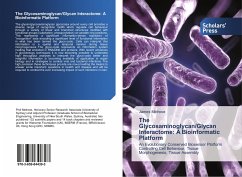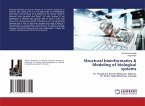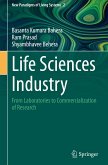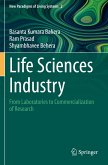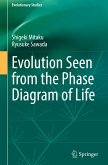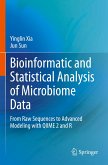The glycan/glycosaminoglycan glycocalyx around every cell provides a diverse range of recognition motifs which regulate cell behaviour through a variety of linear and branched structures modified with functional groups (sulphation, phosporylation) at variable ring positions. This represents a significant information-dense repository of "recognition" data encoding a significant level of functional information in what has been termed the glyco-code. Cells can interpret this information in a spatial and temporal manner during tissue morphogenesis. The glyco-code represents an information system rivalling that endoded in RNA/DNA and proteins. With recent advances in glycobiology techniques it is now becoming possible to undertake high throughput analyses to interpret the glyco-code better and insightful information is becoming available of application in repair biology and in strategies to combat viral and bacterial infections. The high precision these techniques provide are now providing the means to answer some important questions in health and disease and will be required to combat the ever increasing impact of such infections in man.
Bitte wählen Sie Ihr Anliegen aus.
Rechnungen
Retourenschein anfordern
Bestellstatus
Storno

